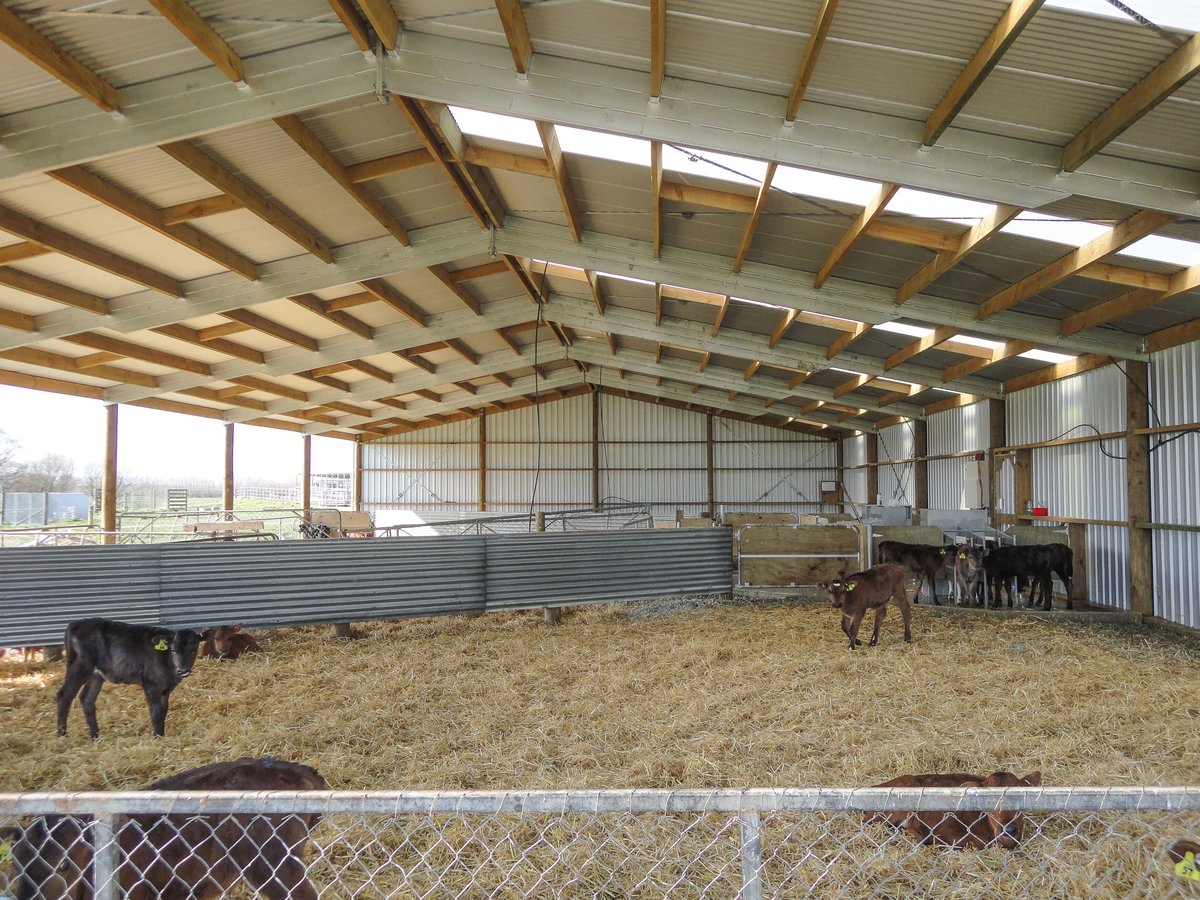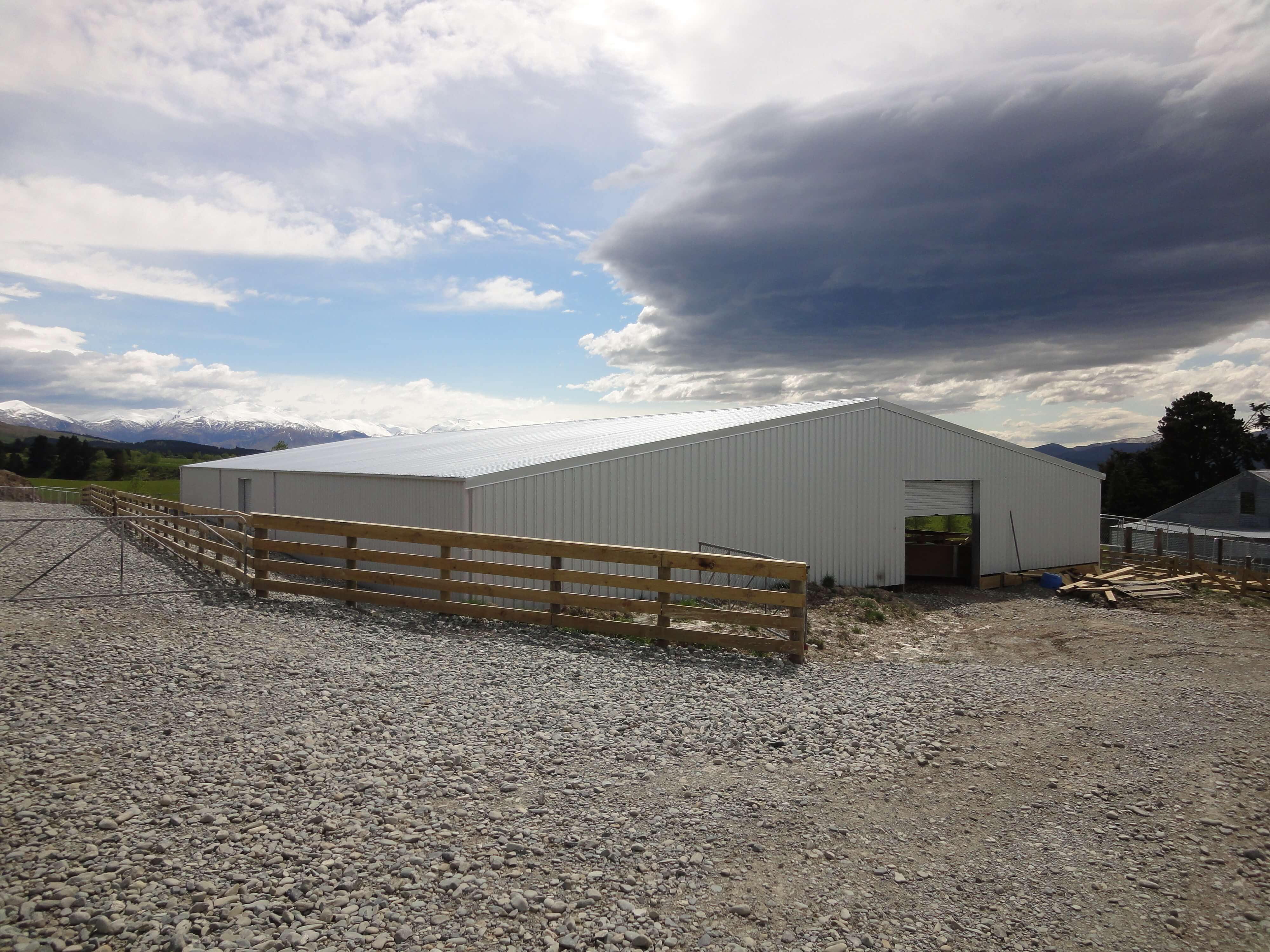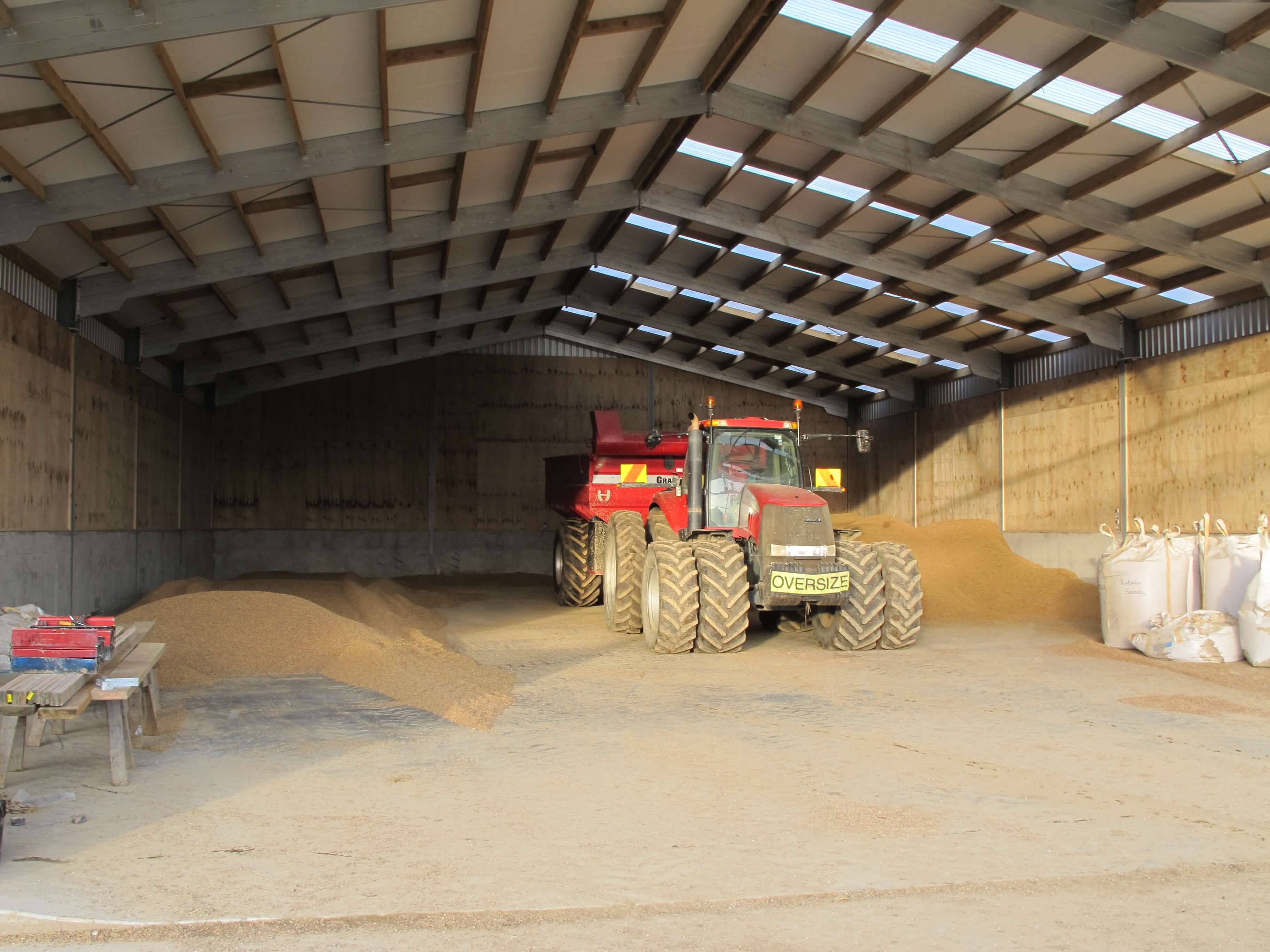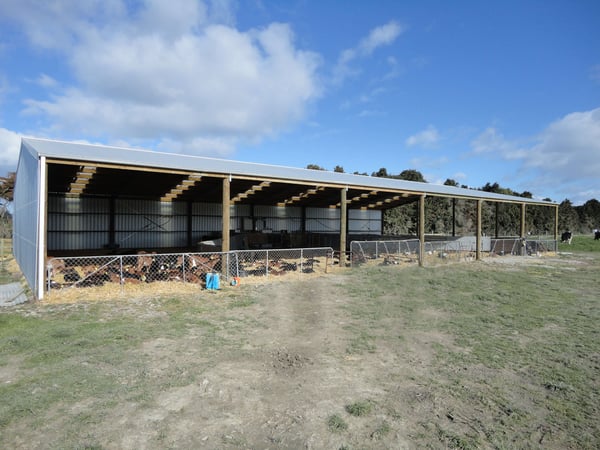Like any new project on the farm, a calf shed is a big investment. There are key aspects that need to be accounted for when building a calf shed in regards to the animal's welfare and condition that ...
September 23rd, 2020
4 min read







